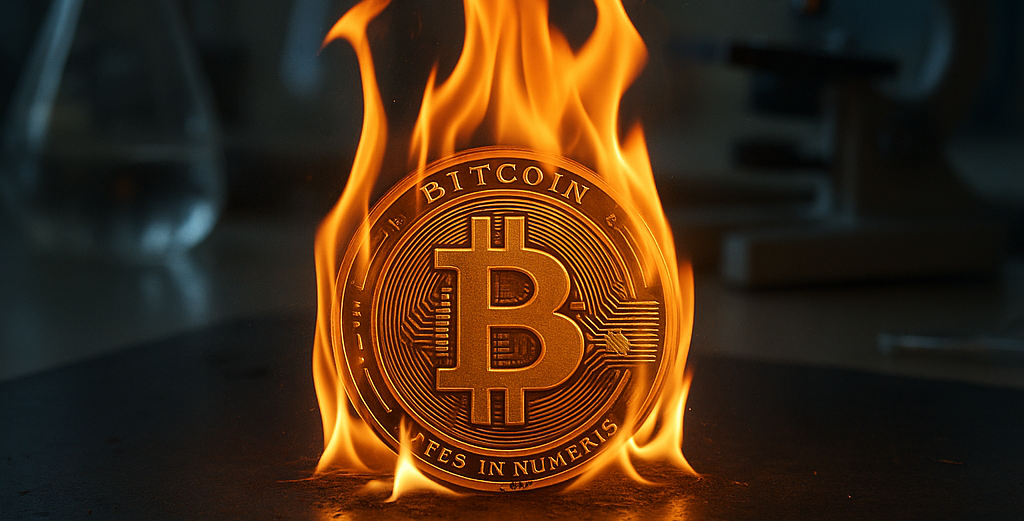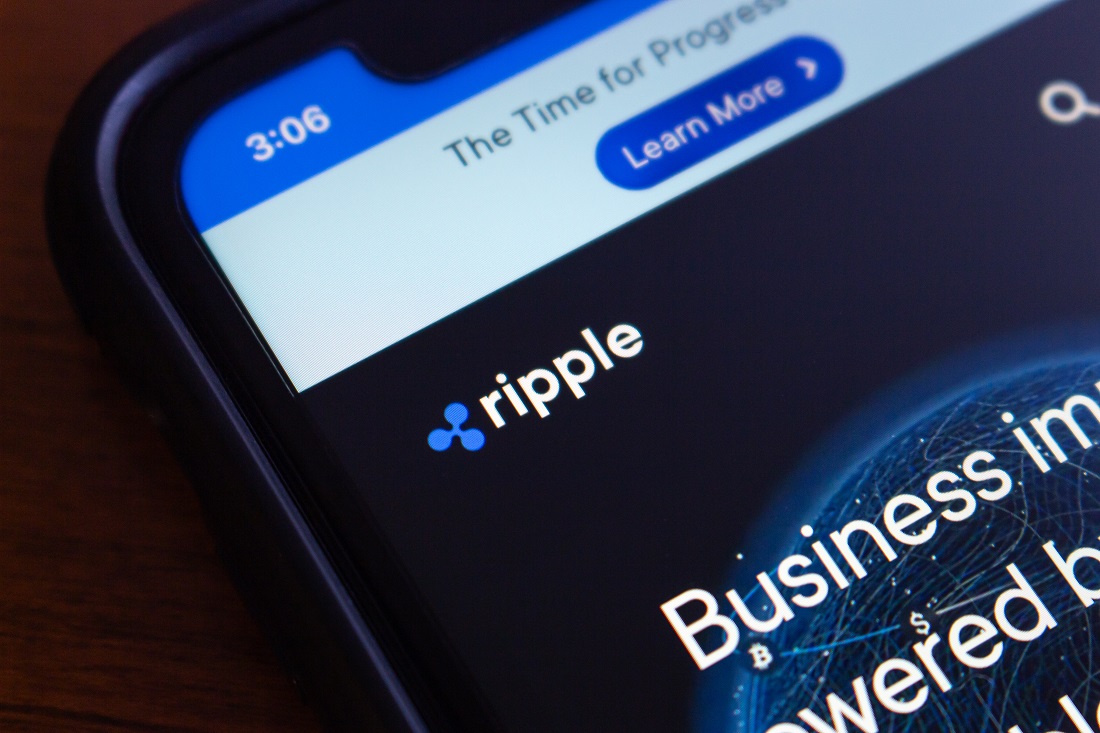Mike Schmidt’s proposal, Brink developer and co -founder, was included on September 30.
Some bitcoiners consider that the filters, however they returned, are still “broken.”
Mike Schmidt, Brink developer and co -founder, commented on social networks on September 22 that he would be opening a Pull Request (PR or application for changes) 33453 in Github to remove depreciation from the depreciation of the Datacarrieresize In Bitcoin Core. On September 30, this application was accepted and included in version 30 (V30) of the client. Part of the community interpreted this as an attempt to control damage before the arrival, in October, of the latest version of Bitcoin Core.
This commented Mike Schmidt on September 22, when he presented the proposal:
Today I opened a request for change to Bitcoin Core to eliminate the obsolescence of the options «Datacarrier” and “Datacarriersize». I understand that this is a delicate issue for Bitcoin Core users, so I also publish here [en X] For greater visibility and to receive comments that, otherwise, would not be appropriate in the PR.
Mike Schmidt, Brink developer and co -founder
In the context of Bitcoin, the field Datacarriersize It refers to a configuration parameter in the software. This defines the maximum size in bytes in an op_return output that a node will accept to transmit and undermine in transactions. Therefore, this field works as a filter for inscriptions (non -spending arbitrary data) which allows users to limit the amount of “spam” transmitted in Bitcoin nodes and blocks.
Until September 30, this option was going to be completely eliminated, according to Bitcoin Mechanic. However, users can continue to use it in the V30 of Bitcoin Core.
The people who support to maintain and use these options are some of Bitcoin’s most fervent supporters and depriving them of their rights to disapprove of the option is not good for Bitcoin Core or Bitcoin. I know that people still oppose the value of predetermined op_return, but with this change, at least Bitcoin Core users can continue establishing the value as they seem better. Bitcoin will surely have more battles and bigger ahead and I would like to advance together to fight them.
Mike Schmidt, Brink developer and co -founder.
As cryptootics reported, Bitcoin Core will raise the op_return limit at 100,000 bytes. This brings concerns to bitcoiners who consider Bitcoin an exclusively monetary network and spam is a threat to be.
This size of the op_return field will allow more arbitrary data to be embedded in the blocks. The absence of Datacarrier and Datacarrieresize It implied that Core was going to prevent filtering op_return transaction.
Nevertheless PR 33453 Bring the return options, the community seems relieved, but not quite convinced.
For several bitcoiners, Datacarrieresize It is one “Rota” option Anyway, although Adam Back I do not agree. In V30, the default number of this option will allow nine times more data storage than it allowed in V29 and previous versions. So Express Luke Dashjr on the subject:
Do not allow bad actors to deceive you by believing that Bitcoin Core 30 allows to re -enable the limit of the Carriersize. (…). In addition to not limiting the default value, they also broke it even more. Datacarriersize = 83 now (from Core 30) allows 83 exits that add up to 830 bytes of spam, instead of only 92 bytes of spam (9 bytes of which they could not be arbitrary) as in Core 29 and previous.
Luke Dashjr, Bitcoin Knots client maintenance.
That said, the default options of these fields They can be used or modified thanks to the change introduced in Bitcoin Core by Mike Schmidt.
By counterpart, Bitmex researchers, although they do not mention anything about the return of the Datacarrieresize Bitcoin Core V30, they arrive at the conclusion that the update is desirable at the level of the individual nodes, since it allows us to use the proposal of compact blocks imagined by Matt Corrallo. This proposal to benefit a high op_return limit.
However, Bitmex suggests that Bitcoin Knots’ propositors also have valid points:
«It seems that those who defend the filters [Knots] In this discussion they do not see them only from the perspective of what is best for those who manage them. They seem to look further, to broader games theory. They see it from a more collectivist perspective, on the general impact that the memory and the policy of retransmission in the network could have if large sectors of the nodes behave in a certain way, ”said the researchers, putting Bitcoin’s customer war on a balance.






Leave a Reply